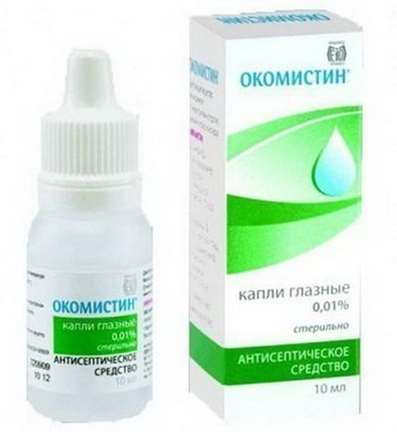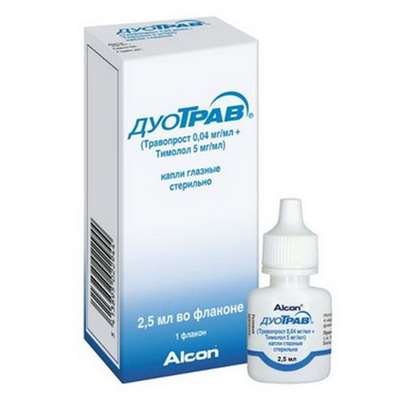Addiction
08 Aug 2018
The main mechanism for the formation of dependence and its consequences are the same from both alcohol and narcotic substances. Specificity of its manifestation can be called a shorter time interval of dependence in the addict (from the moment of experimentation with psychoactive substance). Often dependent alternates psychoactive substances (alcohol, drugs). Despite certain differences in the formation of dependence, the essence of their impact on a person is one. So are the ways of recovery of patients with alcoholism and drug addiction.

The essence of the disease of dependence in the loss of control over consumption
Dependent is a person who can not consciously control the use and who can not be responsible for his behavior after he starts to use.
Disease dependency consists of two elements: psychological dependence, which leads to the fact that the addict / alcoholic does not imagine life without use and physiological sensitivity. Despite the fact that every use causes more and more problems with health, family, environment, law dependent person uses again and again.
The most surprising thing is that despite obvious symptoms, the addict / alcoholic himself almost does not believe that he is ill.
Dependence refers to a particular group of diseases, where denial of the disease, its symptoms, is a manifestation of the disease.
The evolution of the use of chemically active substances, leading to the formation of dependence, can be described as follows:
- Contact with the substance. As a rule, the first experience causes positive feelings.
- Experimentation. Repeated return to the use of chemically active substances in anticipation of a certain physical and emotional state. The search for exactly those chemically active substances, which, in the opinion of the experimenter himself, are the most optimal and acceptable.
- Use. Increasing quantitative and qualitative reception of chemically active substances.
- Abuse. At a certain stage in his life, the person who uses it begins to lose complete control over how much he has used.
- Chemical dependence. This stage resembles a reference point, when quantitative processes pass into a new quality of the functioning of the organism and the human psyche. Then alcohol and drugs for an addicted person become more important than air and water, as they, in his opinion, determine the physical and emotional state. "We lived to take drugs, and took drugs to live."
The time intervals for the formation of all stages of human involvement in chemical dependence are very individual.
So, alcohol and other chemically active substances act destroy all spheres of a person - physical, mental, social and spiritual.
Main characteristics of the disease
Chronic - Formed and flowing for a long time. Like all other chronic diseases has a specific effect on the personality and predictable course and the dynamics of the disease. It is a disease that can be stopped, but can not be cured. The only effective alternative for an alcoholic and a drug addict is complete abstinence from chemically active substances until the end of life. Even a small dose can provoke the emergence of a desire to eat and lead to the resumption of the disease. For months and years, while the dependent is kept away from use, he behaves just like other people. Once he injects alcohol or drugs into his body, something happens to his physical and mental state - and he is no longer able to stop.
Progressive, (recurrent, i.e., recurring) - Regardless of the period of sobriety, there is always the risk of a relapse ("recession"). In a state of relapse, the patient may be long before active consumption. This will manifest itself in the course of his thoughts, emotional states, which is very important to monitor for the prevention of relapse. Progression of the disease manifests itself in the fact that the conditions and consequences of use are constantly exacerbated and worsen.
Deadly - Since these diseases are chronic and progressive, their course is predictable: physical destruction - degradation of the person - death.
The main symptoms of alcoholism and drug addiction
Change in tolerance - This is the ability of the body to change the required amount of chemically active substances that affect the emotional state in order to evoke the expected physico-emotional effect. Alcoholics and drug addicts need more and more alcohol and drugs over time to achieve the expected result. The ability to drink and take chemically active substances intensifies in time, in other words, a person can hold more alcohol and drugs than before. There is also a reverse tolerance, when intoxication comes from less than in the past.
Loss of control - The symptoms are:
- Repeated failures in attempts to stop using;
- Uselessness of effort to control or reduce use.
- Substitution of drugs or vice versa.
- Transition to use since. medical narcotic drugs.
- Taking drugs and alcohol alone.
- Necessity of use before bedtime and immediately upon awakening.
- Emotional state and mood depends on the presence or absence of alcohol and drugs.
- Continuation of use, despite the negative consequences.
Abstinence syndrome (withdrawal syndrome). Can be improved by Phenotropil. It is accompanied by a tremor of extremities, increased sweating, cardiac arrhythmia, impaired coordination of movements, etc. The essence of this phenomenon is that as soon as alcohol and drugs stop their euphoric impact, a person experiences suffering at the level of the body and mind (breaking, cold turkey - a drug addict, a hangover - an alcoholic). In order to get rid of this agonizing condition, the dependent person again takes a chemically active substance, which gives him relief and a state of euphoria, but only for a certain time. Use - a hangover - use to remove hangovers. The circle closes.
If at the first stage the goal of taking a reactive substance is to achieve an euphoric state, then use is necessary to remove the most severe physiological and emotional consequences. In the second and third stages of dependence, a person takes substances simply in order to maintain existence.
Alcoholism and drug addiction are diseases of emotions. The dependent person experiences a gamut of destructive feelings and emotions: anger, resentment, suffering, self-pity, anxiety and loneliness. Anger and resentment are predominant. These emotions cause anxiety, forcing the alcoholic and the addict to take chemically active substances to anesthetize negative feelings. Resentment from not splashed out anger - motivation for the use of alcohol or drugs. Loneliness gives rise to suffering and self-pity, which, in turn, causes anxiety and anxiety. The emotional state of the dependent person is like a swing, which then rises (after taking a reactive substance), then go down (withdrawal syndrome).
Recovering is a constant and progressive process. Many recovering alcoholics and drug addicts successfully continue their sober life without returning to the use of chemically active substances. Return to use, which includes relapse and disruption, is not something exceptional, putting an end to the possibility of further qualitative recovery. Relapse and disruption are manifestations of a chronic, incurable, progressive disease.
Despite the fact that diseases of alcoholism and drug addiction are incurable diseases, they have predictable symptoms and predictable treatment. Chemically active substances destroy the body, mind, feelings and spirit of a person. Recovering requires healing in each of these areas.

 Cart
Cart





